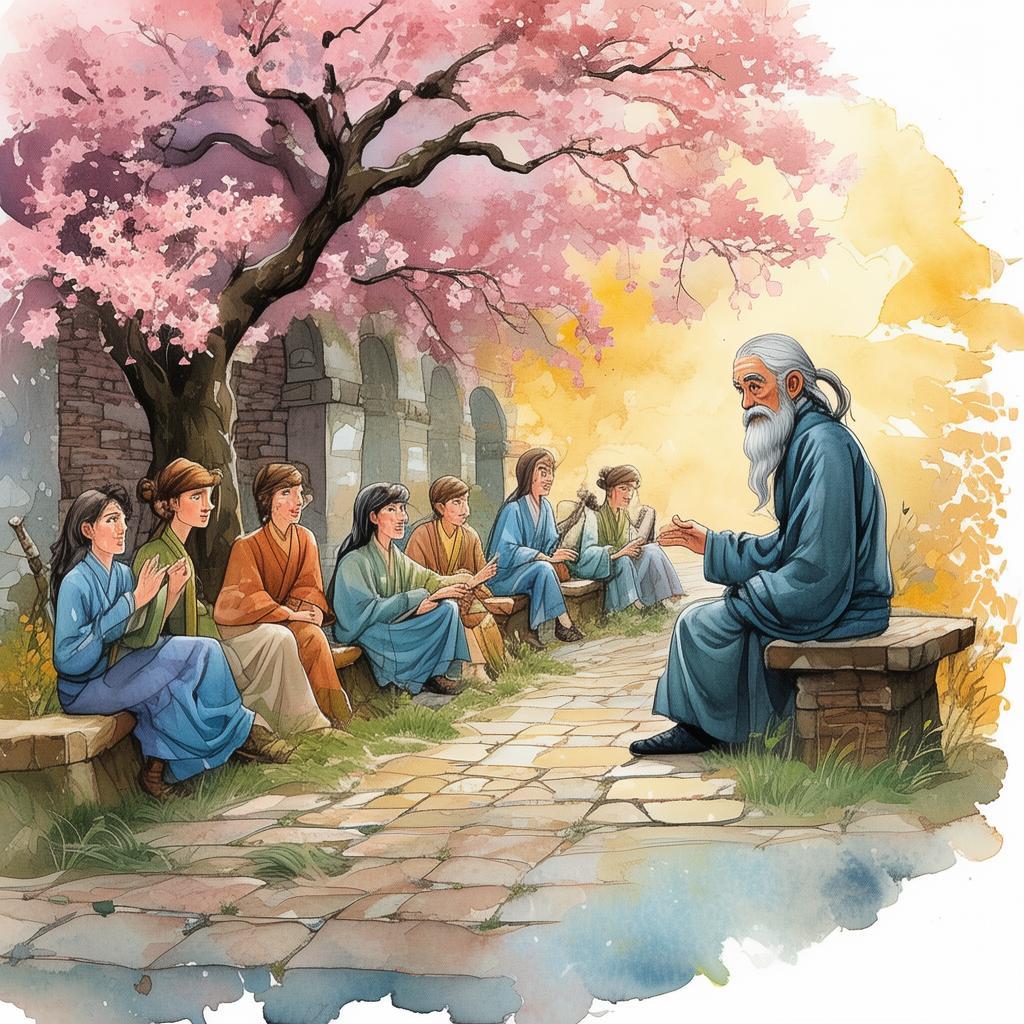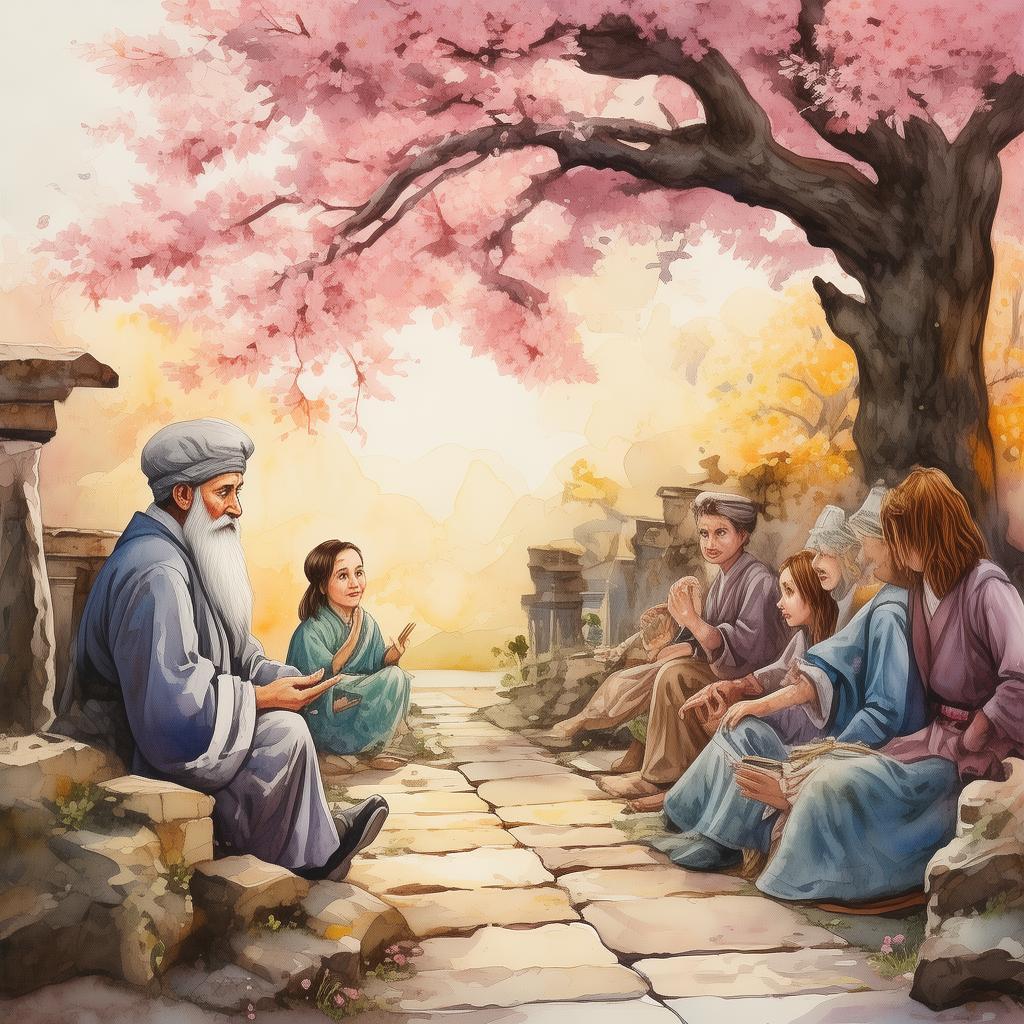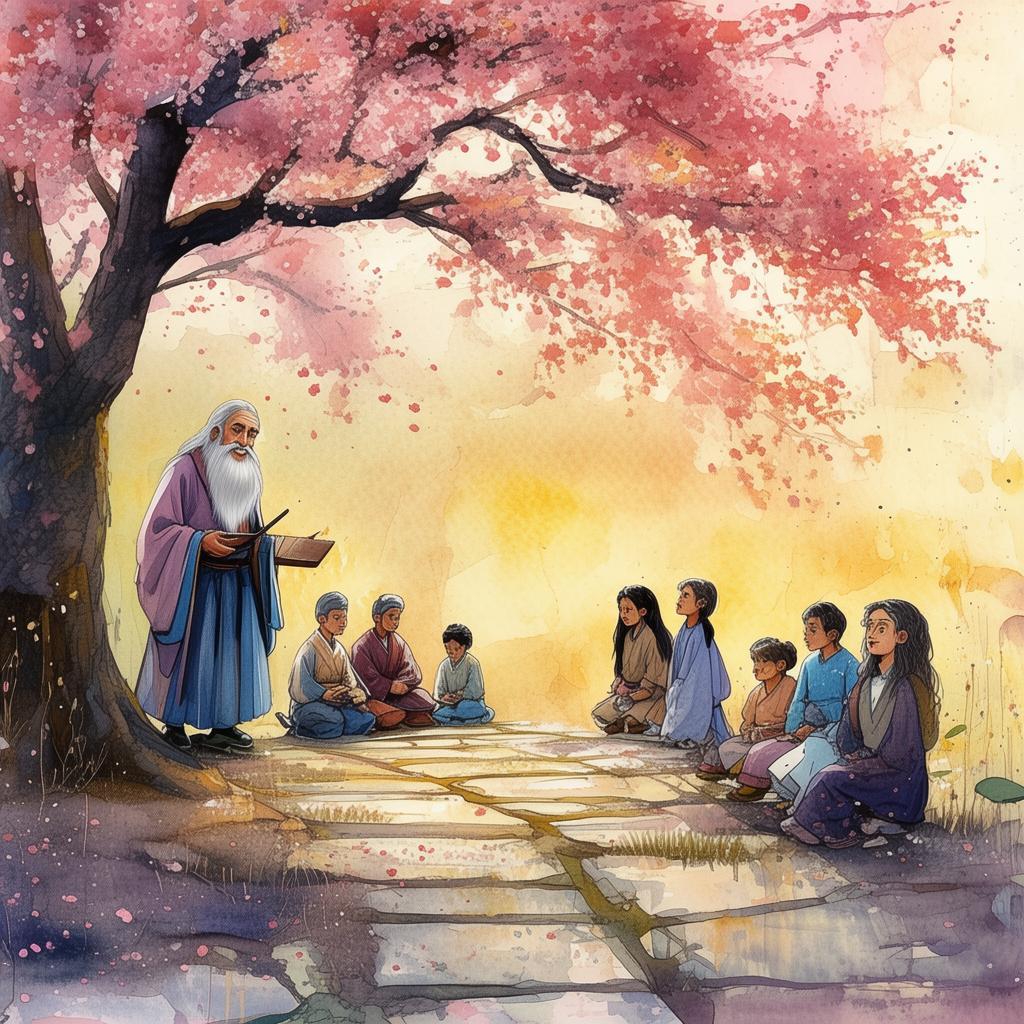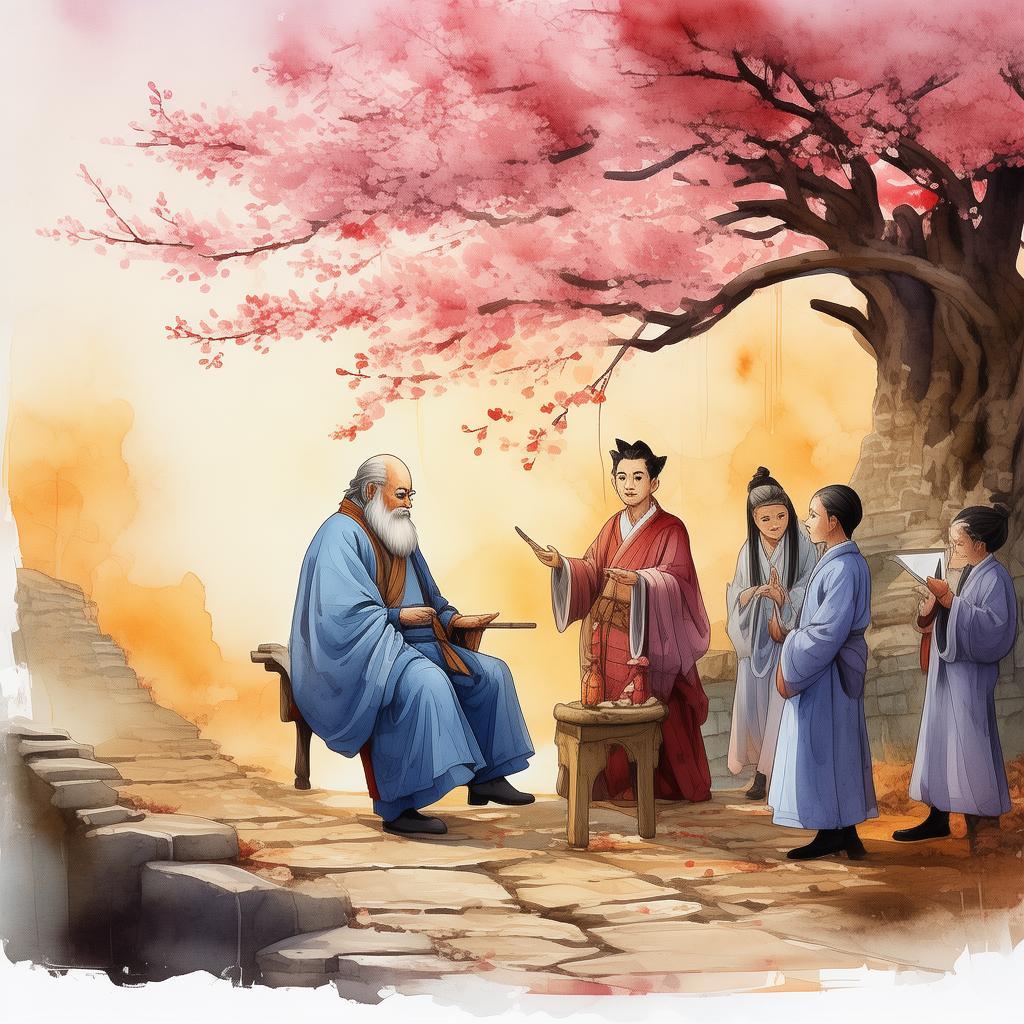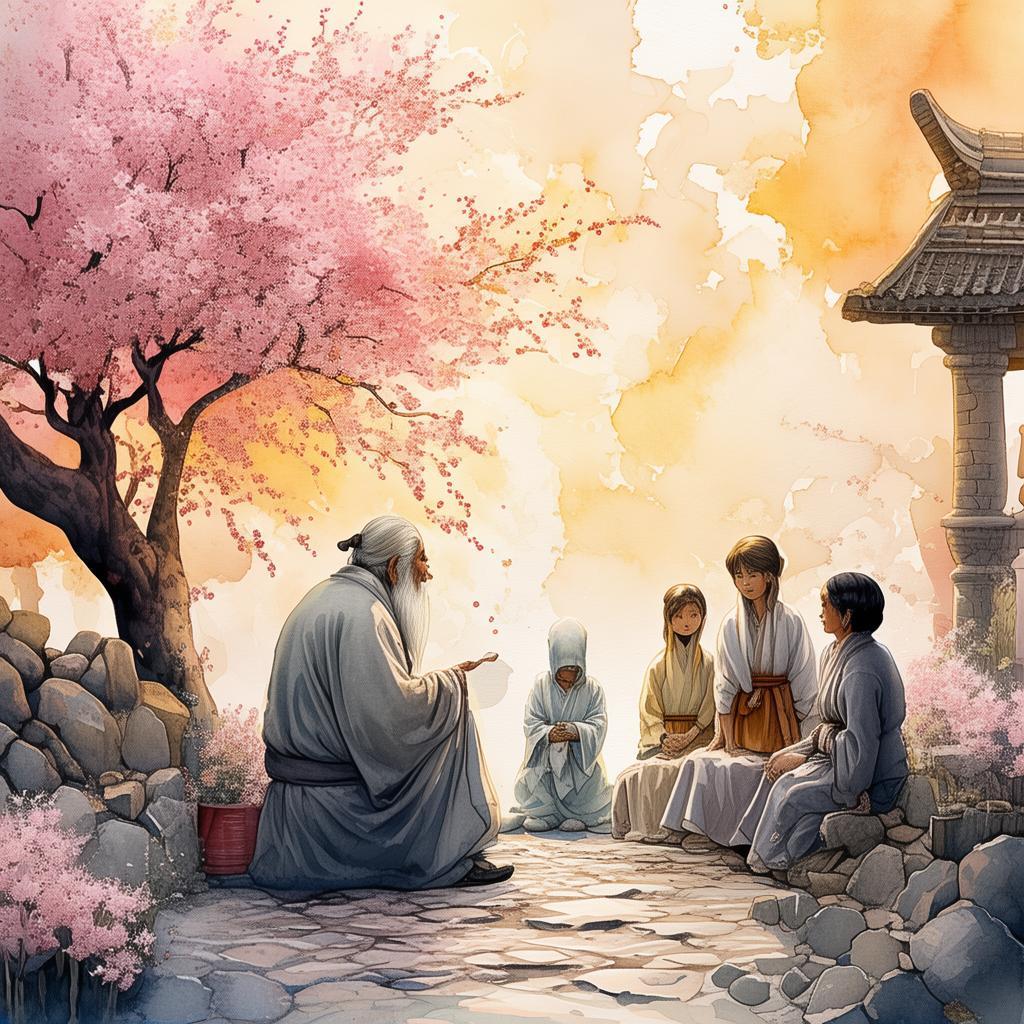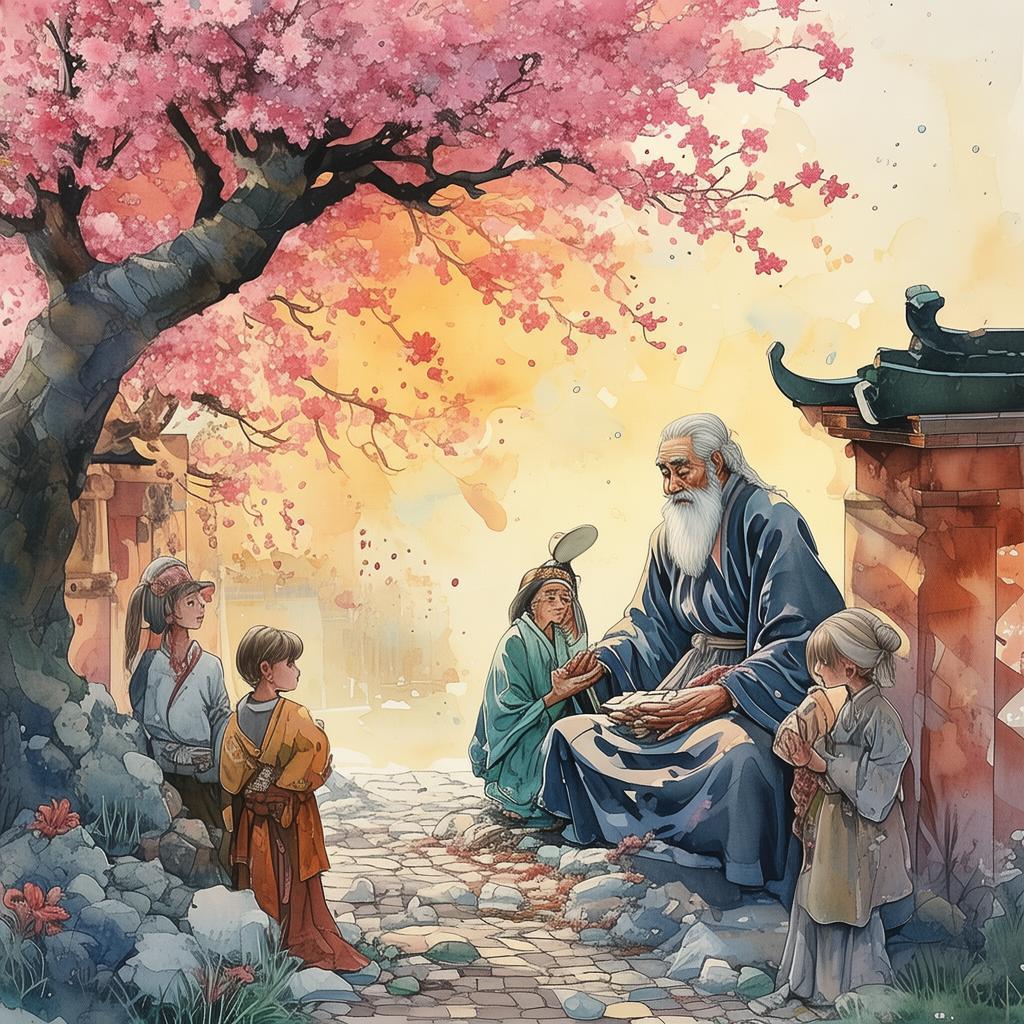The Celestial Navigator's Starry Ascent
In the ancient land of Tianxuan, there lived a young navigator named Jing, whose life was dedicated to the study of the stars and the celestial charts. He was known far and wide for his profound knowledge and unwavering determination to understand the mysteries of the heavens. Jing had one dream: to chart a course of steady ascent, a path that would elevate him to the pinnacle of his craft.
One evening, as Jing gazed upon the night sky, he noticed a peculiar star that seemed to move in a unique pattern. Intrigued, he began to study this star, tracing its trajectory across the sky. As he delved deeper into its movements, he realized that this star was not just an anomaly but a beacon, guiding him towards a greater understanding of the celestial charts.
Jing's mentor, Master Li, noticed the young navigator's fascination with the star. "Jing," he said, "this star is not just a celestial body; it is a symbol of steady ascent. To truly master the celestial charts, you must learn to navigate through life's challenges with the same unwavering determination as you navigate the stars."
Intrigued by Master Li's words, Jing set out on a journey to uncover the secrets of the celestial charts. He traveled to remote mountains, crossed vast deserts, and braved treacherous rivers, all in the pursuit of knowledge. Along the way, he encountered many challenges, but he never wavered from his path.
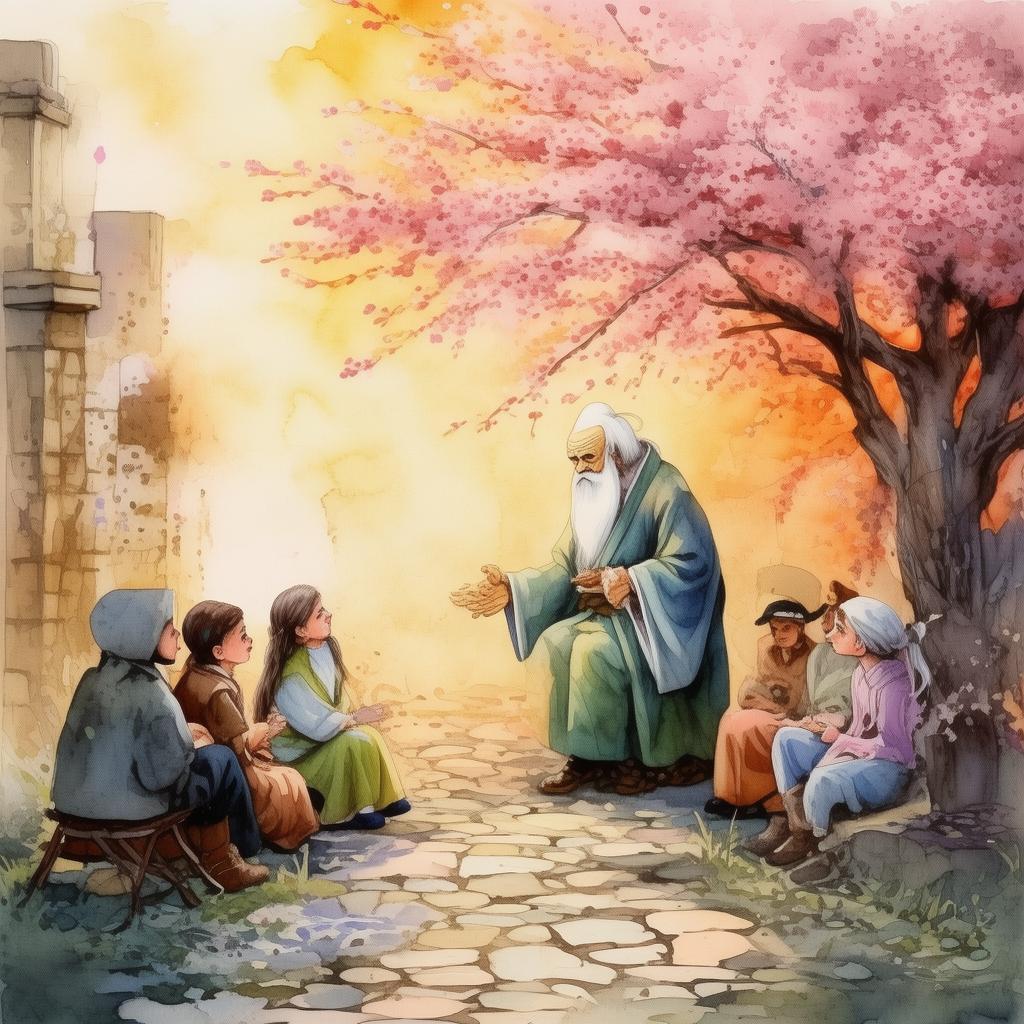
One day, Jing came upon an ancient manuscript hidden in a cave. The manuscript was a collection of stories and wisdom passed down through generations of celestial navigators. As he read through the tales, he found one that resonated deeply with him: "The steady ascent is not about reaching the peak; it is about the journey itself."
This newfound wisdom inspired Jing to continue his journey with even greater resolve. He returned to his studies, determined to incorporate the principles of steady ascent into his celestial navigation. He began to chart his course with a new perspective, understanding that each star, each constellation, and each celestial body was a part of a larger, interconnected system.
Years passed, and Jing's reputation as a celestial navigator grew. His charts were not just accurate; they were profound, reflecting his deep understanding of the universe. However, Jing never lost sight of his dream of charting a course of steady ascent. He believed that this dream was not just about mastering celestial navigation but about living a life of purpose and growth.
One evening, as Jing once again gazed upon the star that had guided him, he realized that his journey was far from over. The star had not been a mere anomaly; it was a reminder that the path of steady ascent was a lifelong journey. He knew that as long as he continued to learn, to grow, and to navigate the challenges of life, he would never truly reach the end of his journey.
Jing's story spread far and wide, inspiring many to pursue their own dreams with the same determination and perseverance. The celestial navigator's journey became a symbol of the power of steady ascent, a testament to the belief that the journey itself is the true reward.
In the end, Jing's legacy was not just in the celestial charts he created or the stars he named. It was in the lives he touched, the dreams he inspired, and the understanding that the path of steady ascent is a journey that knows no end.
✨ Original Statement ✨
All articles published on this website (including but not limited to text, images, videos, and other content) are original or authorized for reposting and are protected by relevant laws. Without the explicit written permission of this website, no individual or organization may copy, modify, repost, or use the content for commercial purposes.
If you need to quote or cooperate, please contact this site for authorization. We reserve the right to pursue legal responsibility for any unauthorized use.
Hereby declared.
